What is a PCB?

A Printed Circuit Board (PCB) is the backbone of all modern electronic devices. In this blog, we’ll explore what a PCB is and how these tiny circuits are manufactured.
In the early days, electronic components were manually connected using wires in a point-to-point construction. This method was not only prone to errors but also difficult to scale. Moreover, repairing damaged circuits was time-consuming and unreliable.
In 1936, Paul Eisler, a brilliant engineer working for a newspaper company, recognized these issues and invented the concept of printing conductive copper circuits on a non-conductive board. By connecting components over these traces, the very first PCB was created. Since then, the PCB has evolved into a much more sophisticated and complex design, making it a vital component in modern electronics.
How is a PCB Manufactured?
The manufacturing process of a modern PCB starts with a simple copper sheet. Let’s walk through the steps that turn this copper sheet into a sophisticated electronic device.
1. Lamination and Drilling
The first step involves laminating a layer of copper foil onto a flat sheet of insulating glass fiber material. This glass fiber provides mechanical support to the PCB throughout the manufacturing process. Afterward, the arrangement is sent to drilling, where registration holes are drilled. These holes serve as reference points for further alignment.
Meanwhile, an engineer designs the circuit using computer-aided software, generating design files called Gerber files. These files contain detailed 3D models of the PCB, guiding the drilling machine to create various holes that will later be used to attach the components.
2. Etching Process
The next critical step is creating the complex copper traces. This is done through a chemical process known as etching. First, a resistive mask is applied to the copper plate, which contains the same pattern as the desired circuit. When the board is dipped into an alkaline solution at 60 to 120 degrees Celsius, the exposed copper areas dissolve, leaving only the necessary traces. The protective mask is then washed off, and we are left with the required copper traces.
The Gerber file is essential for creating the resistive mask, and UV light is used to affix the mask to the copper plate. Multiple masks can be made on a single sheet for bulk manufacturing.
3. Inspection and Solder Mask Application
After etching, the boards go through an inspection process where an optical machine checks the quality of the traces. If any traces are damaged or short-circuited, the boards are rejected. Next, a protective green solder mask resin is applied to prevent oxidation and dust exposure, which is why most PCBs are green.
However, the solder mask can block the connection between the copper traces and the components at the edges of the holes. To fix this, a chemically resistant mask is used to cover the edges during a UV process, ensuring the green mask is removed where needed.
4. Final Touches
After removing the solder mask from the necessary areas, a silk screen is printed on the board. This layer of visible ink includes component markings, logos, and symbols, helping with identification and assembly. Finally, components are placed on the PCB and soldered using liquid tin, which affixes them to the copper pads.
After the components are soldered, a final flying probe test is conducted to check the connectivity between all the components and traces. Once passed, the PCB is ready for shipment to industries for use in electronic devices.
The technology we discussed is known as Through-Hole Technology (THT), which is now mostly obsolete. The latest PCB technology is Surface Mount Technology (SMT), which we will explore in a future post.
FAQs
1. Why are PCBs green?
The green color comes from the solder mask resin that is applied to protect the board from oxidation and dust exposure. This green hue has been universally adopted in the industry.
2. What is the difference between THT and SMT?
Through-Hole Technology (THT) involves inserting components through pre-drilled holes, while Surface Mount Technology (SMT) mounts components directly onto the surface of the PCB. SMT is the more advanced and commonly used technology today.
3. What is a Gerber file?
A Gerber file is a design file that contains detailed 3D models of a PCB. It guides machines in processes like drilling and creating the resistive mask for the etching process.


